Leafy greens like lettuce are the most commonly grown crops using hydroponic systems. On the other hand, the demand for crops like kale has skyrocketed in the past 10 years. Kale is a leafy green just like lettuce but, of course, it is less popular; this made me wonder, can kale be grown hydroponically?
So, can kale be grown hydroponically? Yes, kale can be grown using hydroponics systems just as almost all of the leafy greens out there. However, you have to make sure that you are growing kale the right way in order to stay profitable.
In fact, kale can be extremely profitable when compared to lettuce. People have been paying attention to kale nowadays because of its several health benefits. This has resulted in a boost in the kale demand on the market.

This demand boost made farmers unable to provide enough kale to the market. As a result, kale prices are high and it’s now considered among the list of superfoods.
So, when you combine the fast rate of growth that hydroponics provides with the high retail price of kale, the end result would be an extremely profitable business.
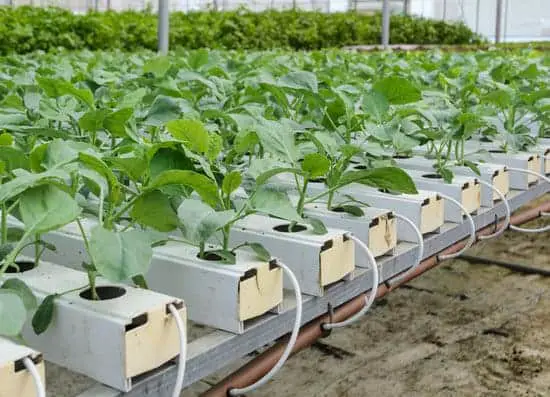
This article will go into full detail on how to grow hydroponic kale in a profitable way.
The Fundamentals Of Growing Profitable Hydroponic Kale
There are some key fundamentals that you need to know before starting to grow profitable hydroponic kale.
Keep Costs Low
A crucial aspect that contributes to the profitability of any business is to keep the costs low. Monthly expenses like electricity, water bills, and wages must be kept to the minimum in order to sustain a profitable business.

Don’t get me wrong when I say expenses must be kept to a minimum. Of course, your monthly electricity bill will increase if you are trying to grow at a high volume to get profits. But what I am trying to say is to avoid overspending on unimportant stuff.
For example, some growers don’t know how to choose an LED growing light unit with the right power according to how many kale plants they are going to grow.
Getting growing lights with low watts can stunt your plant’s growth. While, on the other hand, growing lights with high watts will waste a lot of electricity that can be otherwise saved.
To avoid this problem, check this article that I wrote about choosing the right size of growing lights for your hydroponic system including some tips on how to save up on electricity.
You can also save a ton of money every month by working on your hydroponic kale farm yourself. I know it can be overwhelming, especially, when you are growing a lot of hydroponic kale every cycle, but wages tend to represent a huge chunk from the monthly expenses and you can benefit from saving on it.
Find A Market For Your Hydroponic Kales
I know I said that the demand for kale crops has skyrocketed over the past years, and this is actually what is happening. But you have got to think like every entrepreneur when you are trying to make profits out of your hydroponic farm.

Every entrepreneur must guarantee that there is a market for his product first before taking any further steps in building his business. This applies to you as well, so that when your hydroponic kale is ready for harvest, you can find customers who are willing to buy it.
You can contact your local grocery stores and ask them if you could be their supplier. However, this can be a difficult deal to make. Grocery stores require huge and continuous supplies daily in order to restock their shelves. So, most of them only deal with well-established suppliers.
As a result, I advise you to start building your brand early on before getting your first harvest. You should gather a decent number of pre-orders a few days before harvesting your kale.
The brand can be built easily by using sponsored advertisements across social media apps.
Technology nowadays has reached a stage where you can target people in your neighborhood that are interested in vegetables and leafy greens like kale. Once you have reached this audience, you can get several pre-orders, and if they liked your hydroponic kale, they will become loyal customers who will want to get your crops every week.
Produce As Many Hydroponic Kale As Possible
You have got to make your hydroponic farm reach its maximum production as fast as possible. Operating this farm at a high volume will make you reach the break-even point early on and increase your profits dramatically.
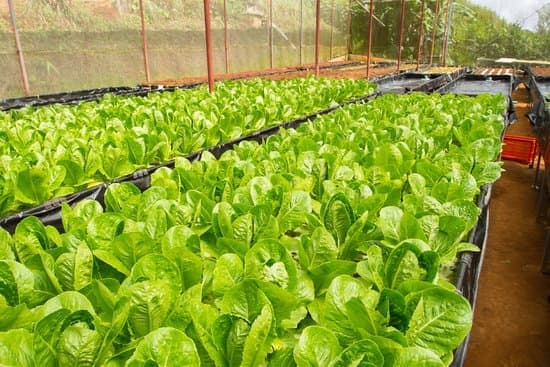
But you have to make sure of something which is the growing cycle of kale. You have to avoid growing all of your crops at once. let’s say that all of your crops were to be harvested this week.
I want you to imagine how it is going to be for you to harvest all of your hydroponic kale at once and the worst part is yet to come. You cant find customers that can buy all of your harvests at once.
As a result, you will grow a lot of hydroponic kale that will later rot to be thrown away. On the other hand, you will find a lot of customers that are ready to buy your hydroponic kale in the middle of the growing cycle where there is not much kale available yet.
To avoid this issue, you have to grow different batches of kale at different times. Every batch will take its full growing cycle and then be ready for harvesting. This will make different kale batches reach the harvest stage every week.
By using this way, you ensured that there will be no kale thrown to waste due to lack of demand at a certain time, and at the same time, there is a continuous supply of kale available every week for your customers to buy.
How Long Does It Take To Grow Kale?
Your kale will take from 55 to 75 days to grow and reach the harvest stage. However, it takes this long because it is been grown from the seed stage. This growing period will allow you to grow up to 6 cycles per year for every batch.
You can cut this growing period by half if you are going to transplant the kale rather than growing it from the seed stage. The transplanted kale will only take up to 40 days to be harvested. A growing period this long will allow you to increase the number of growing cycles to reach 9 in a single year.
Now you know the exact steps to take in order to run a profitable hydroponic kale farm. It is time to choose the most appropriate hydroponic system and to know about the conditions that kale tends to favor in order to grow.
The Best Hydroponic System For Growing Kale Hydroponically
I know that choosing between all of the available options of hydroponic systems can be overwhelming. In fact, all of the available hydroponic systems can be used to grow kale easily.
However, we have talked before about the importance of two things. The first one was saving up on monthly expenses including water bills, and the second one is maximizing production.
Of course, any hydroponic system can save a tremendous amount of water if used wisely. But the most water-efficient hydroponic system so far is the nutrient film technique.
When you compare the amount of water used in an NFT system with that used in deep water culture, NFT by far is more efficient.
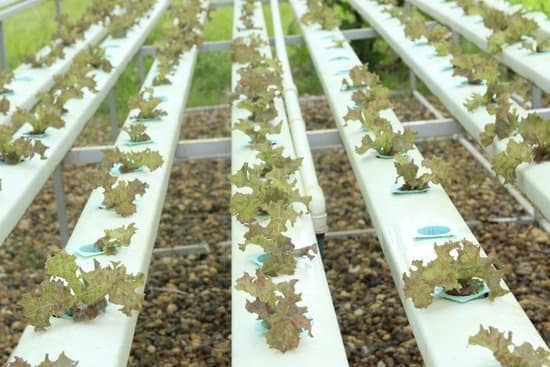
A nutrient film technique also allows you to grow the maximum amount of hydroponic kale. This is because of its relatively smaller size that allows you to use as much space as possible.
Moreover, the NFT system can also be used in a vertical farming design, which will further maximize your production and profit.
The Conditions For Growing Hydroponic Kale
Maintaining the optimum conditions can be sometimes difficult, especially when you are trying to keep it constant all year round to maximize yield production. If any error occurs, it can affect your entire hydroponic system dramatically.
So, you have to keep in mind that in order to keep your profits as high as possible, all of the optimum conditions must be stabilized.
Growing Lights
When it comes to growing plants, light is an essential key to any growth. The question is how exactly is your plant going to get this light.
You can save up on electricity and keep your hydroponic kale outside to get as much sunlight as possible. But you have to remember 2 things. The first one is that you will be giving up on too much growth potential when you decide to not use LED grow lights as your hydroponic kale light source.
The second one is that the winter months will be completely useless for you to grow in. You are probably going to wait till summer in order to start growing your hydroponic kale batches again. This will result in nearly losing half of your annual yield.
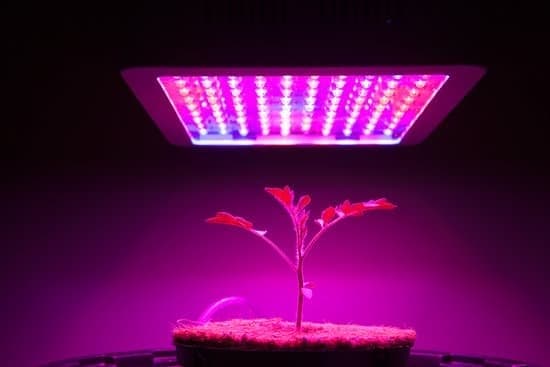
I don’t think it’s a good idea to waste all of these potential profits just to save up on monthly electricity costs. So, just screw this idea, you are going to use indoor LED growing lights instead.
Hydroponic kale needs around 6 to 10 hours of light exposure daily. Exposing kale to growing lights for too long can result in plant stress which can lead to stunted growth and even plant death.
Temperature
The temperature part can be tricky in some situations. As I have mentioned before, the growing of hydroponic kale all year round is a must in order to gain profits from this business.
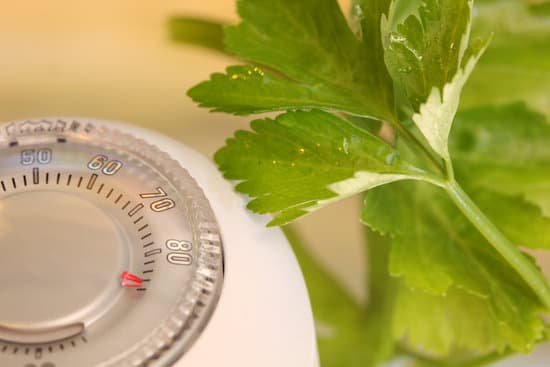
In seasons where the temperature drops, the kale growing cycle will be significantly affected. So, you will need to invest heavily in a heating system to keep your hydroponic kale warm during the winter seasons. Moreover, if you were planning to grow the kale outside, it is now the time to think of building a greenhouse to provide a more controlled environment.
Lucky for you, kale tends to withstand cool temperatures as low as 55–75°F, but still, if the temperature goes below these levels, the heating system must be in operation immediately.
The optimum temperature of kale in hydroponics is around 60–70°F. Make sure that temperatures don’t get too high in the summer. High temperatures result in the kale taste being more bitter, and when temperatures get extremely high, it can threaten your plant’s life.
Nutrient Solution
Since you are going to use a nutrient film technique as your hydroponic system. The nutrient solution maintenance is not going to be as painful as it used to be when using a deep water culture system.
You will just have to control and run tests on the main reservoir that has the nutrient solution of your entire hydroponic system. Water and air pumps will be used in this main reservoir as well, unlike the DWC system which required an air pump in every growing bed.
I suggest that you separate your entire hydroponic system into more than one nutrient solution reservoir. This can significantly minimize your risks of messing up your crops when things get out of hand.
An incidence such as root infections might spread through the nutrient solution to reach all of your hydroponic kale in a matter of hours. By having separate reservoirs you eliminate such risks that can cost you a huge sum of money.
The nutrient solution of hydroponic kale should have a pH of around 5.5 to 6.5. Moreover, the ppm should be around 550 to 850 and the EC is kept near 0.8 to 1.2.
Avoid giving too much nitrogen to your hydroponic kale; they are very sensitive to nitrogen and this might result in a leaf tip burn. Moreover, you should increase the calcium and magnesium sulfate in the nutrient solution because kale tends to favor them in its growing cycle.
However, these minerals will be added separately because of their relatively low levels in most of the hydroponic nutrients sold on the market nowadays.
How To Harvest Hydroponic Kale
Harvesting your hydroponic kale depends heavily on how are you planning to sell it to your customers. Some growers sell the entire kale plant after it reaches the harvest stage, others just cut the leaves gradually every few days and sell them separately.
If you are planning to sell the entire kale plant at once, then it will be easier for you. You are just going to remove the matured kale from the hydroponic system, package it, and sell it directly to your customers.
On the other hand, if you are planning on selling kale leaves separately, you will have some extra work to do. The cutting of kale leaves should be done from down upwards. Older leaves are present downwards and as you get to the top of the kale plant, younger leaves are more present more abundantly.
Old leaves should be removed first and young leaves are left to grow and reach the full size before harvest. A fully grown kale leaf will be the size of your hand.
There is something called the terminal bud in every kale plant and it is present at the top center. Avoid cutting this bud because of its significant effect on your hydroponic kale growth.
How To Make Your Hydroponic Kale Taste Sweeter
Of course, getting to improve the taste of your kale yield will have significant effects on your business. Tens of happy customers will return back and reorder your kale if its taste is sweeter than anything out there on the market.

So, how to make your hydroponic kale taste sweeter? The answer is frosting. Some kale batches that are grown in winter can reach a temperature as low as 20°F.
Although this temperature is extremely cold that it might kill your kale, it results in much sweeter kale than that grown in summer under high temperatures.
So, if you want to produce sweeter hydroponic kale, make sure to drop the temperature just above 20°F. This will dramatically improve the taste of your kale, and at the same time, minimize the risk of your plants getting killed by extremely low temperatures.

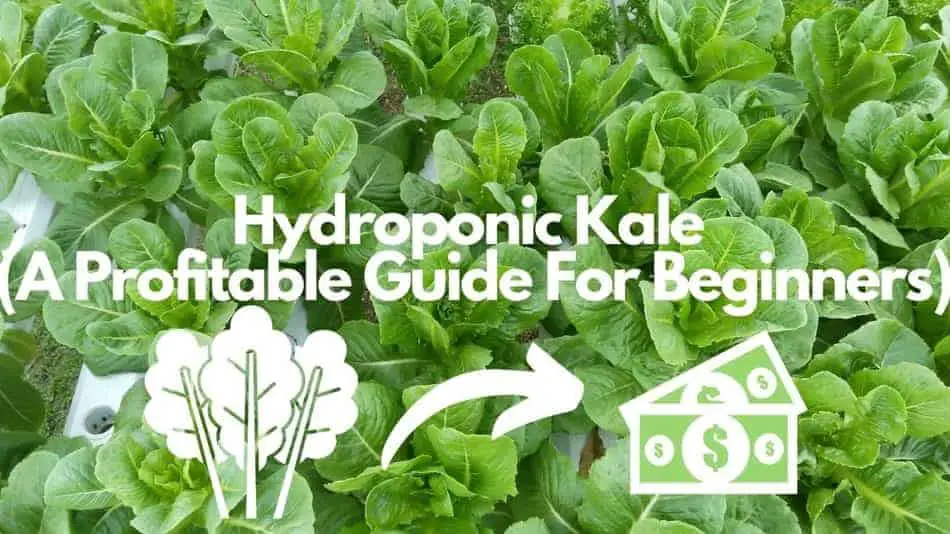

Excellent